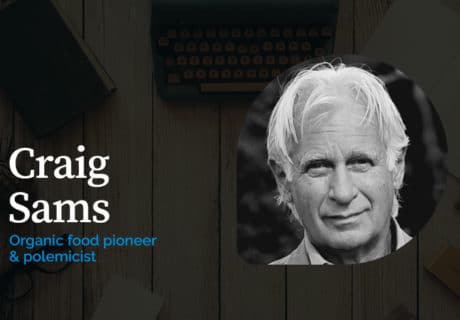Continuous promotion is a necessity to attract and keep customers, but margin erosion must be closely managed. A key objective of sales promotion is therefore to achieve highest impact at lowest cost.
Years ago, premium brands did not discount or use value promotions to attract customers. Back then, such promotion concepts were considered crass and potentially damaging to premium brands. This is not the case any longer; in fact, premium brands such as Cunard, Ritz-Carlton and Harvey Nichols recognize that even the most affluent 21st century consumer seeks value.
Going it alone
During periods such as the January sales, retailers are supported by manufacturers in creating strong promotions which minimize margin erosion. However, retailers cannot always rely on suppliers to help fund promotion concepts. You sometimes have to ‘go it alone’ and take the margin erosion impact.
World-class retailers use many strategies and tactics in creating high impact, low cost sales promotion concepts. Using psychological magnets is one of these tactics.
Sales offers must have impact to create interest. In a discount promotion, using the two simple words ‘up to’ can help achieve impact whilst reducing the promotion cost. For example, ‘up to’ 20% off has the same visual impact as 20% off. The ‘up to’ part is a condition that not all products are discounted to this level, but the visual impact remains the same as if the ‘up to’ were not there.
Another promotion example is ‘£2 off when you spend over £10’. This has high impact as the consumer sees this as 20% off. The fact is that if the consumer spends £20, they still only get the £2 off. The retailer’s objective with this type of promotion is therefore to maximize the consumer’s purchase level to give the £2 off. The greater the individual spend, the lower the promotion cost.
Doing the maths
Another example could be a ‘spend £40, claim £10 cashback’ promotion in which the consumer has to claim the £10 cash back by completing and returning a claim voucher. This promotion looks like a 25% discount, but the real cost will be much lower as it depends on the redemption level. The cost would only be £10 per sale if 100% of customers returned the voucher. If only 30% completed and returned the voucher, the promotion cost would only be £3 per sale.
In these examples, the psychological magnets are the visual strength of the promotion concept, while the margin management element is the promotion condition and mechanism.
———————————————————————————————————-
To receive your FREE illustrated ebook with strategies and techniques to win new customers, increase your sales and grow your profits – visit www.bdfgb.com or email [email protected]





